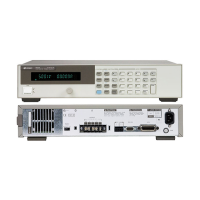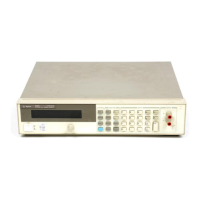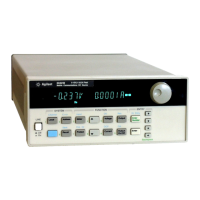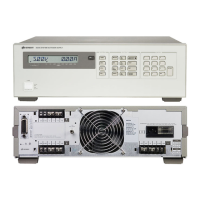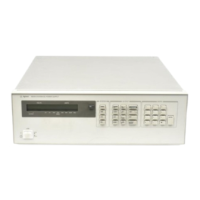Installation Page: 21 Inspection Instructions for inspecting the unit for damage upon receipt.
Items Supplied Lists user-replaceable items included with the DC source.
Cleaning Instructions for cleaning the external case parts.
Location Recommendations for placing the unit for adequate air circulation.
Rack Mounting Instructions for mounting the DC source in a standard rack.
Current Ratings Information on wire gauge for carrying output current safely.
Voltage Drops Considerations for minimizing voltage drops in load wires.
Sense Leads Best practices for connecting sense leads for optimal performance.
Stability Factors affecting stability, especially with remote sensing.
Front Panel Operation Page: 35 Introduction Overview of the front panel controls and programming examples.
Display Description of the 14-character display for measurements.
Annunciators Explanation of status indicators and their meanings.
Rotary Control How to use the rotary control for setting values and parameters.
System Keys Functions related to interface settings, error display, and state saving.
Function Keys Keys used to access command menus for output control and settings.
Metering Keys Keys for controlling measurement functions and parameters.
Entry Keys Keys for entering values, navigating digits, and executing commands.



